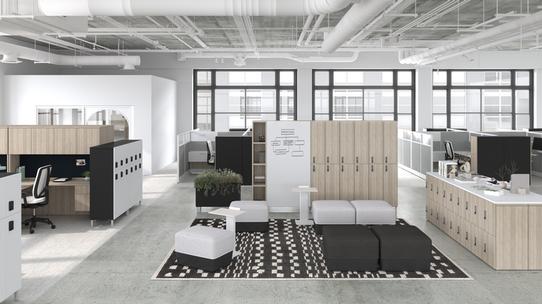When you walk into a hospital, clinic, or medical office, what’s the first thing you notice? The colors, the layout, the comfort of the chairs, or maybe the natural light streaming in? These details aren’t just about making a space look good-they’re at the heart of why healthcare interior design matters. Today, the best healthcare environments are created through thoughtful office interior design, innovative commercial interior design, and a strategic blend of ergonomic furniture and modular furniture. These choices shape the experience of every patient and healthcare employee, influencing outcomes, efficiency, and well-being.
The Power of Environment: More Than Just Looks
Healthcare interior design is not just about aesthetics. It’s about creating healing environments that promote well-being, recovery, and productivity. When a patient enters a space designed with intention, their anxiety drops and their comfort rises. Office interior design in healthcare settings uses calming colors, natural light, and biophilic elements to reduce stress and support healing. Commercial interior design takes these principles and scales them across entire facilities, ensuring that every waiting area, exam room, and staff lounge is part of a cohesive, supportive environment.
The right modular furniture can transform a sterile waiting room into a welcoming lounge, while ergonomic furniture ensures that every seat supports both patient comfort and staff health. This isn’t just good design-it’s a foundation for better patient experiences and outcomes.
Patient Outcomes: Healing by Design
The science is clear: well-designed healthcare spaces lead to better patient outcomes. Office interior design that incorporates soothing color palettes, views of nature, and comfortable modular furniture helps lower anxiety and promote faster recovery. Commercial interior design in healthcare uses these strategies to create environments that feel safe and supportive, which is especially important for vulnerable patients.
Ergonomic furniture plays a crucial role in patient rooms and treatment areas. Adjustable beds, supportive chairs, and modular storage ensure that patients are comfortable and that staff can deliver care efficiently. The result is a space where healing happens naturally, supported by every design choice.
Staff Productivity and Well-Being: Supporting the Healers
Healthcare employees are the backbone of any facility, and their environment directly impacts their performance and well-being. Office interior design that prioritizes ergonomic furniture-think height-adjustable desks, supportive chairs, and flexible workstations-reduces fatigue and prevents injuries. Modular furniture allows staff to reconfigure spaces for different tasks, supporting everything from private charting to team meetings.
Commercial interior design in healthcare settings is all about workflow optimization. Efficient layouts, intuitive wayfinding, and strategic placement of modular furniture minimize unnecessary movement and streamline daily routines. This means less time wasted and more time spent on patient care, leading to higher job satisfaction and lower burnout rates.
Flexibility and Adaptability: The Modular Advantage
Healthcare is an ever-evolving field, and spaces must adapt quickly to new needs. Modular furniture is the hero of flexible office interior design and commercial interior design. With modular workstations, movable partitions, and reconfigurable seating, healthcare facilities can adjust room layouts on the fly-accommodating new technology, changing patient volumes, or even emergency scenarios.
This adaptability isn’t just a convenience; it’s a necessity in modern healthcare. Modular furniture ensures that every square foot of space can be used efficiently, supporting both patient care and operational goals.
Infection Control and Safety: Designed for Health
Safety is paramount in healthcare, and interior design plays a critical role. Commercial interior design incorporates antimicrobial surfaces, easy-to-clean flooring, and well-placed handwashing stations to reduce the risk of infection. Modular furniture designed for healthcare environments is often made with materials that withstand rigorous cleaning and frequent reconfiguration.
Ergonomic furniture also supports infection control by reducing the need for patients and staff to strain or reach awkwardly, minimizing contact with shared surfaces. Office interior design that considers these factors creates a safer, healthier environment for everyone.
Inclusivity and Accessibility: Spaces for All
Healthcare facilities serve a diverse population, and inclusivity is a cornerstone of effective office interior design and commercial interior design. Modular furniture can be selected to accommodate people of all ages and abilities, with adjustable seat heights, clear pathways, and accessible workstations. Ergonomic furniture ensures that everyone-from patients with mobility challenges to staff working long shifts-can use the space comfortably and safely.
Universal design principles, such as barrier-free circulation and clear signage, are integrated into the best healthcare interior design plans. The result is a facility where every patient and employee feels welcome and supported.
Aesthetic Integration: Healing Through Harmony
Aesthetics matter in healthcare because they affect mood, stress, and even recovery rates. Commercial interior design uses artwork, natural materials, and harmonious color schemes to create uplifting environments. Modular furniture with clean lines and coordinated finishes contributes to a sense of order and calm.
Office interior design that balances function with beauty helps patients feel at ease and gives staff pride in their workplace. Ergonomic furniture that looks as good as it feels reinforces the message that well-being is a priority.
Sustainability and Future-Readiness
Healthcare facilities are increasingly focused on sustainability, and interior design is a key player. Commercial interior design incorporates eco-friendly materials, energy-efficient lighting, and water-saving fixtures. Modular furniture supports sustainability by being durable, reconfigurable, and often made from recycled or recyclable materials.
Office interior design that plans for the future ensures that spaces can evolve with changing healthcare needs, reducing waste and supporting long-term operational success. Ergonomic furniture that stands the test of time is both an investment in people and the planet.
Key Takeaways
- Thoughtful office interior design and commercial interior design create healing environments that boost patient outcomes and staff well-being.
- Modular furniture offers flexibility, adaptability, and efficient use of space, supporting both patient care and operational needs.
- Ergonomic furniture reduces fatigue, prevents injuries, and enhances comfort for patients and healthcare employees.
- Infection control, safety, inclusivity, and sustainability are all enhanced through smart design choices and the right furniture.
- Investing in quality office interior design, commercial interior design, modular furniture, and ergonomic furniture transforms healthcare spaces into places of healing, efficiency, and innovation.
The Lasting Impact of Thoughtful Design
Healthcare interior design is more than a finishing touch-it’s a strategic tool for improving outcomes, supporting staff, and creating spaces where healing happens every day. By investing in office interior design, commercial interior design, modular furniture, and ergonomic furniture, healthcare facilities can build environments that are ready for the challenges of today and tomorrow. When design is done right, everyone-patients, staff, and families-benefits from spaces that truly care.
Frequently Asked Questions (FAQ):
How does office interior design impact patient care in healthcare settings?
Office interior design shapes the environment where care happens, influencing patient comfort, stress levels, and recovery rates. Thoughtful layouts, soothing aesthetics, and modular furniture all contribute to a better patient experience.
Why is ergonomic furniture important for healthcare employees?
Ergonomic furniture reduces physical strain, prevents injuries, and supports long shifts, helping healthcare employees stay focused, healthy, and productive.
What makes modular furniture essential in healthcare commercial interior design?
Modular furniture allows spaces to be reconfigured quickly and efficiently, supporting changing needs, new technologies, and evolving patient care models.

